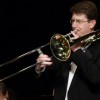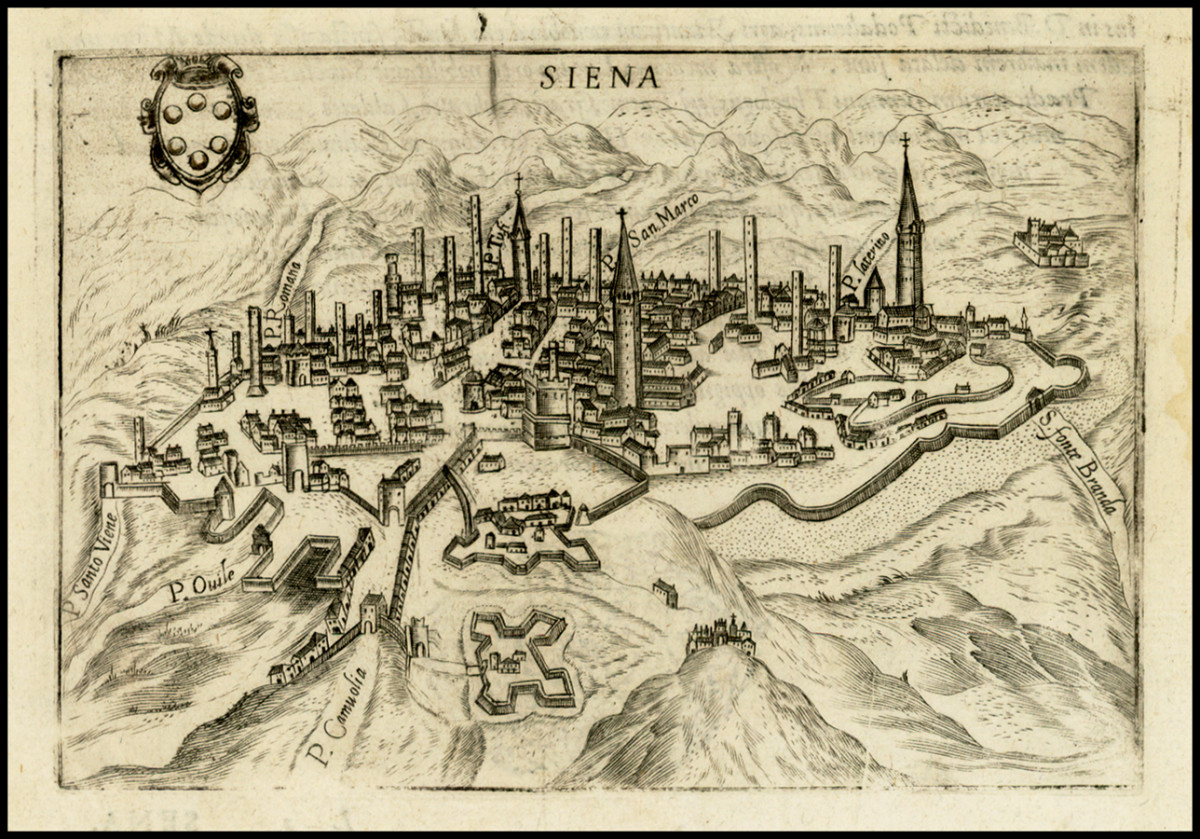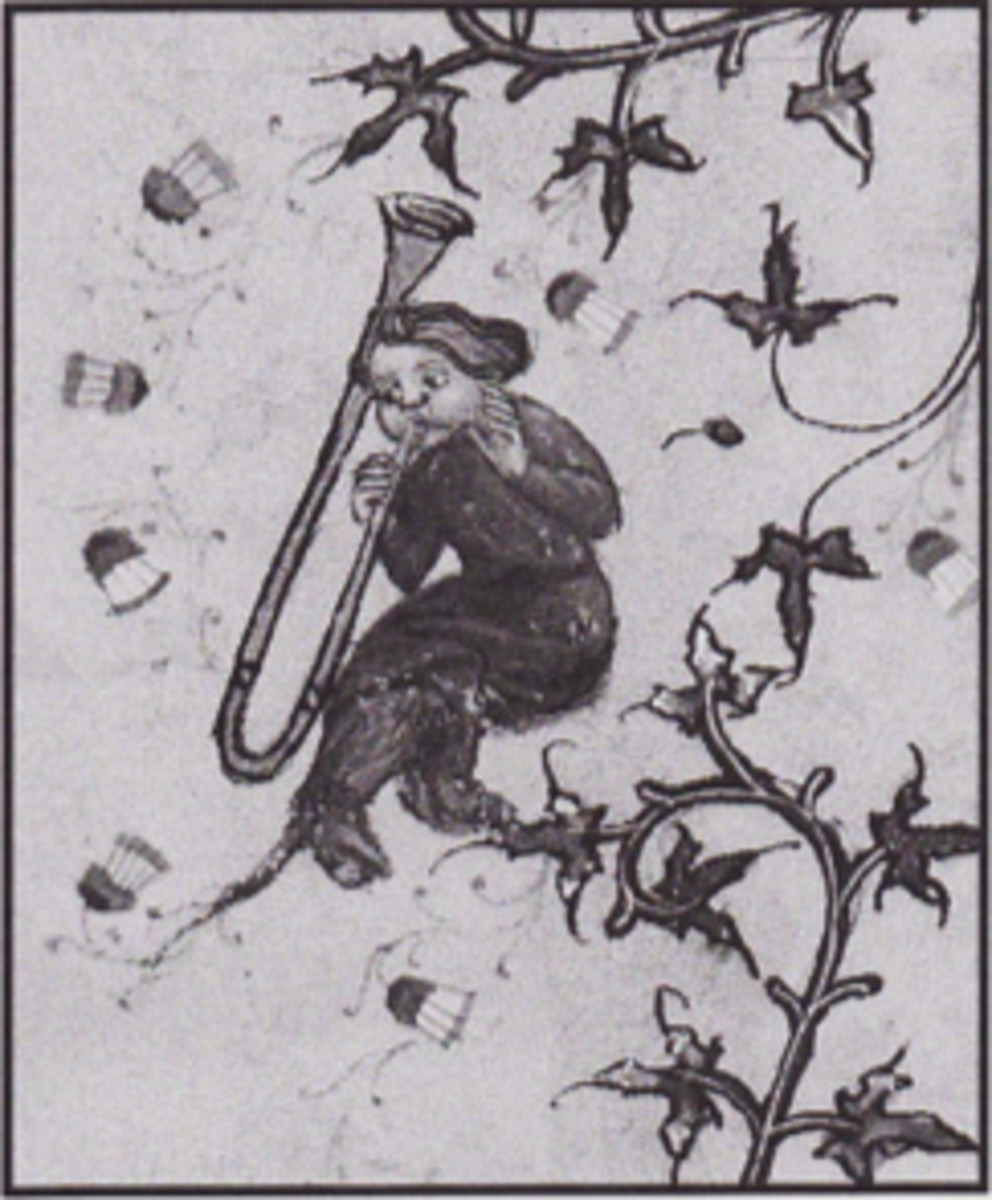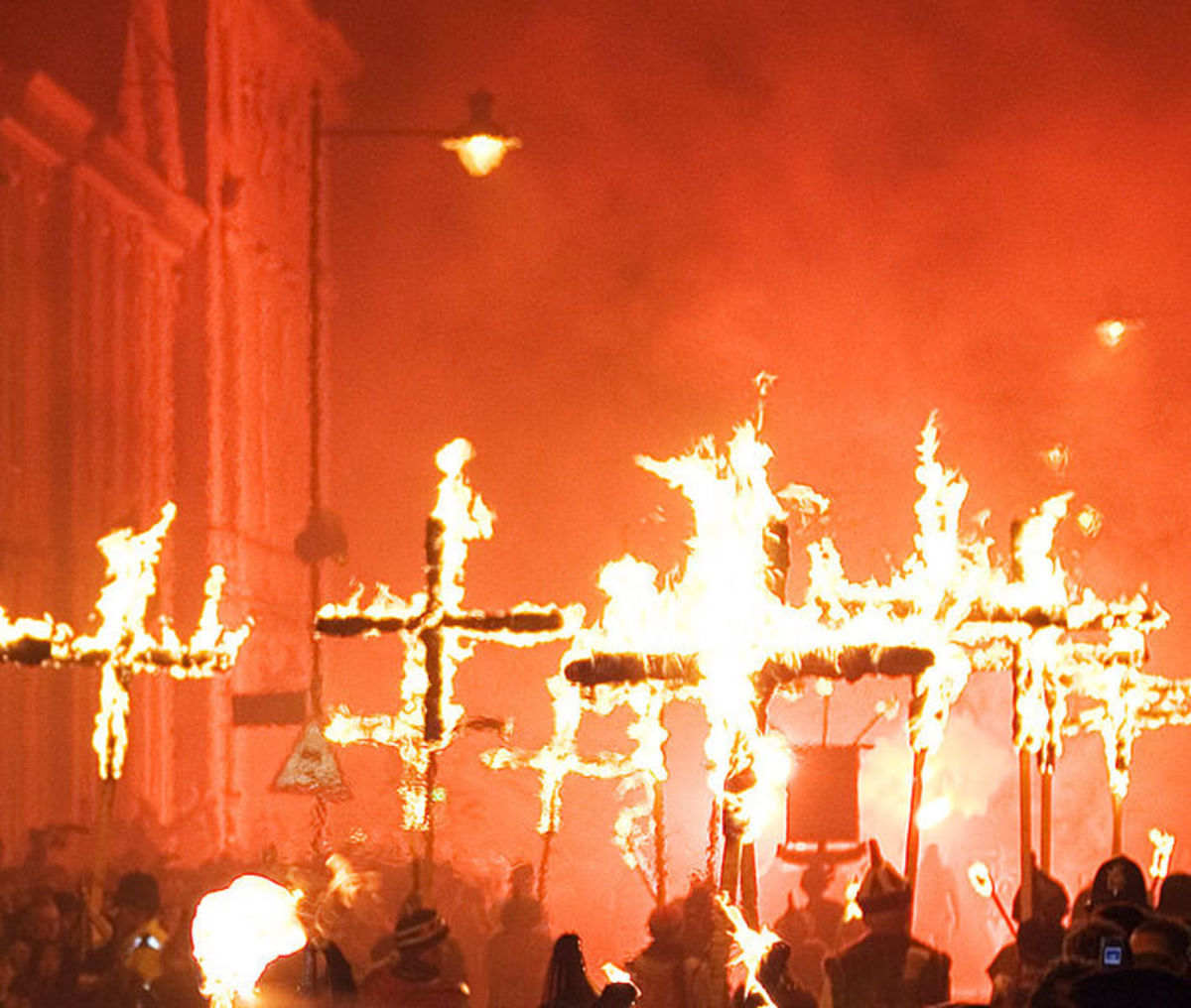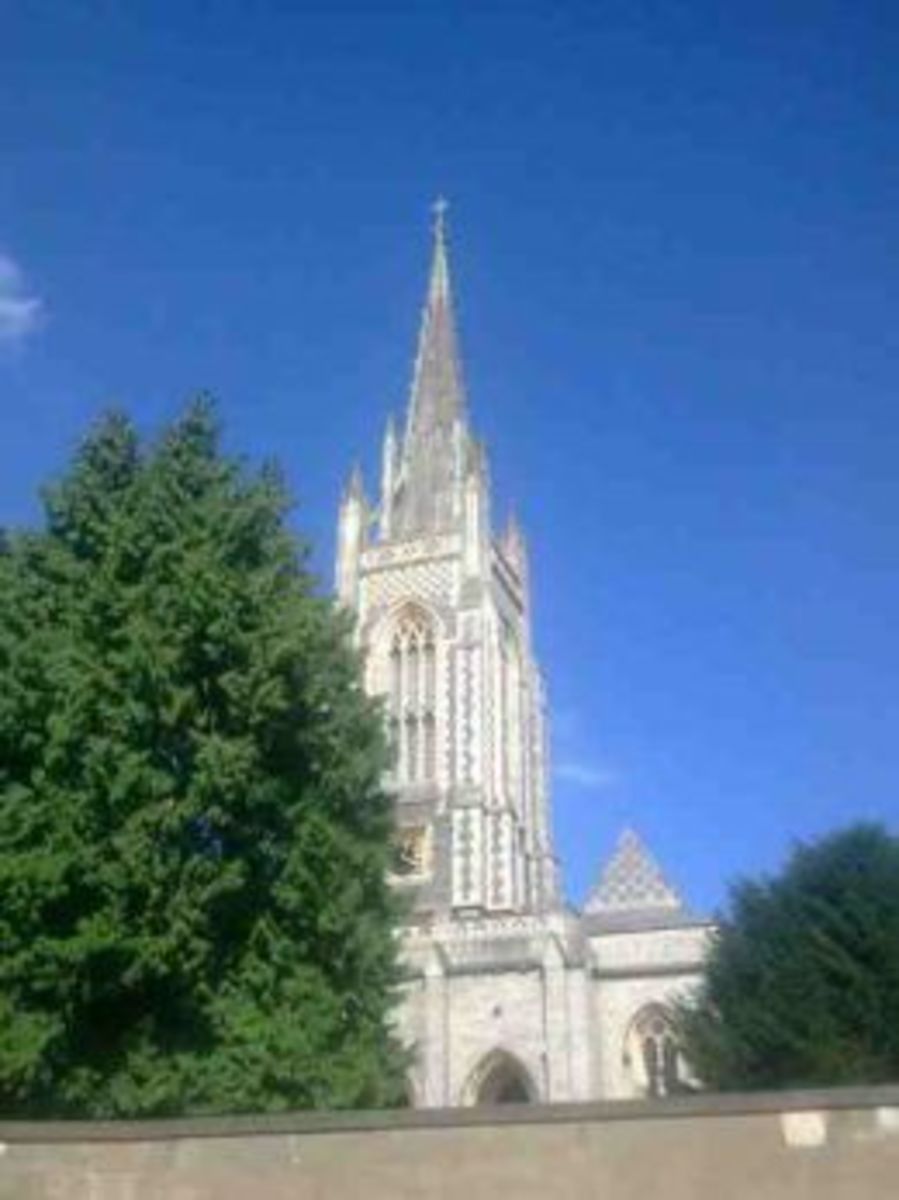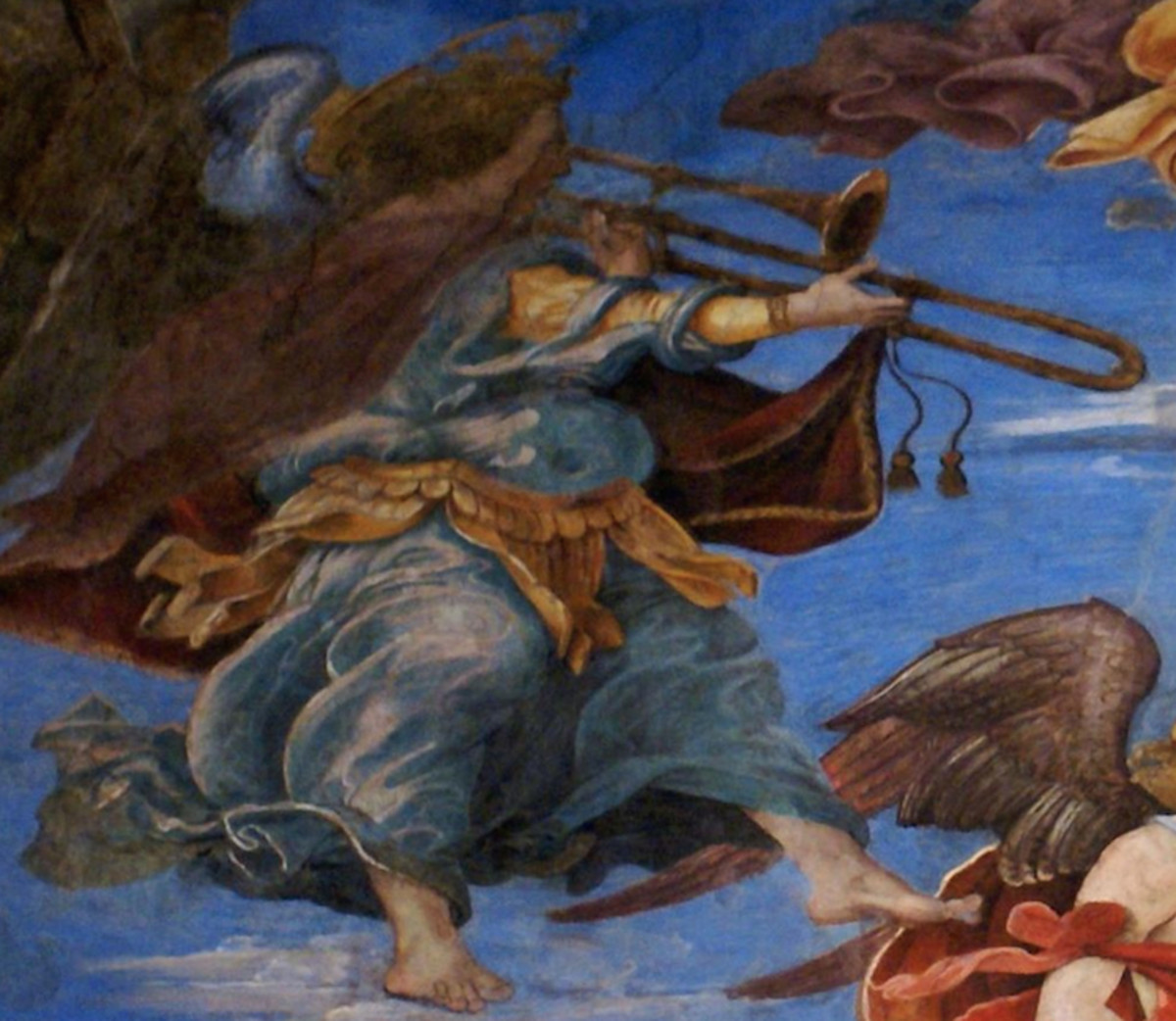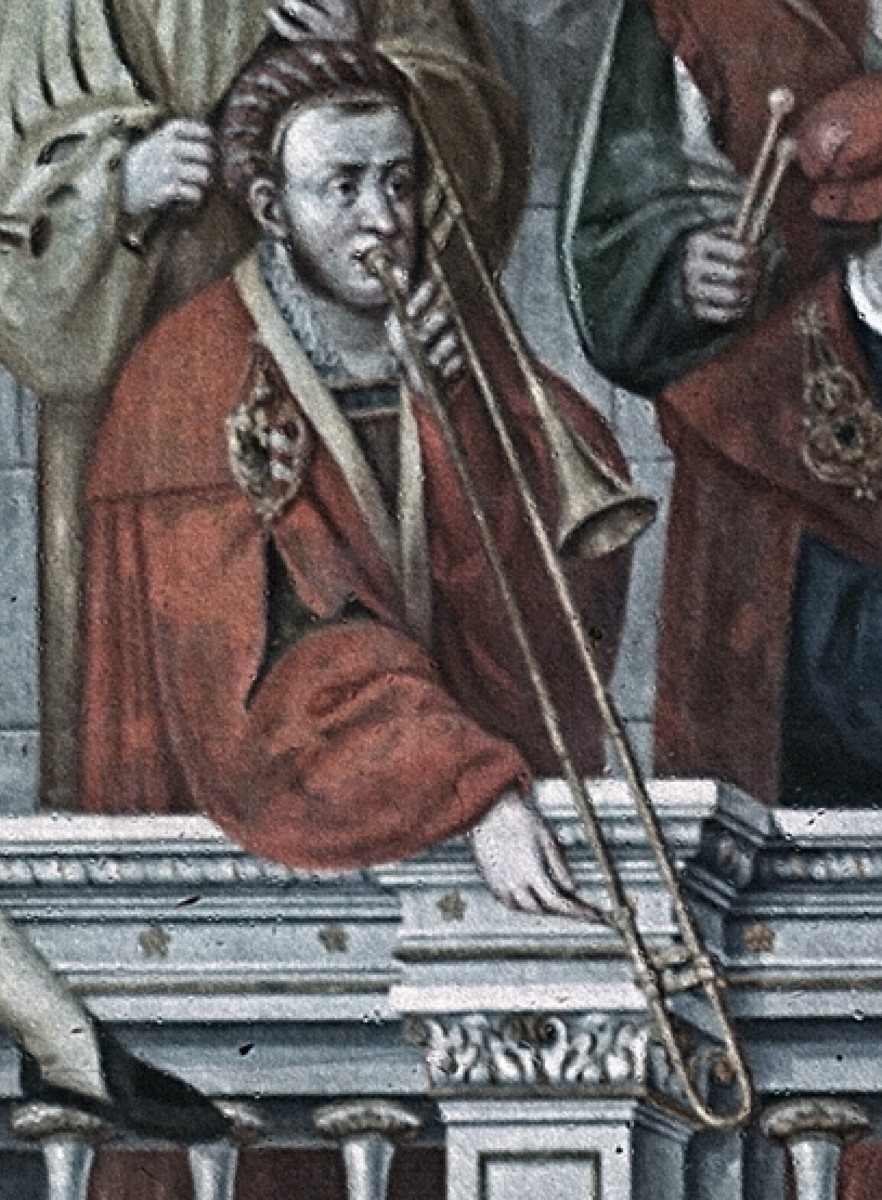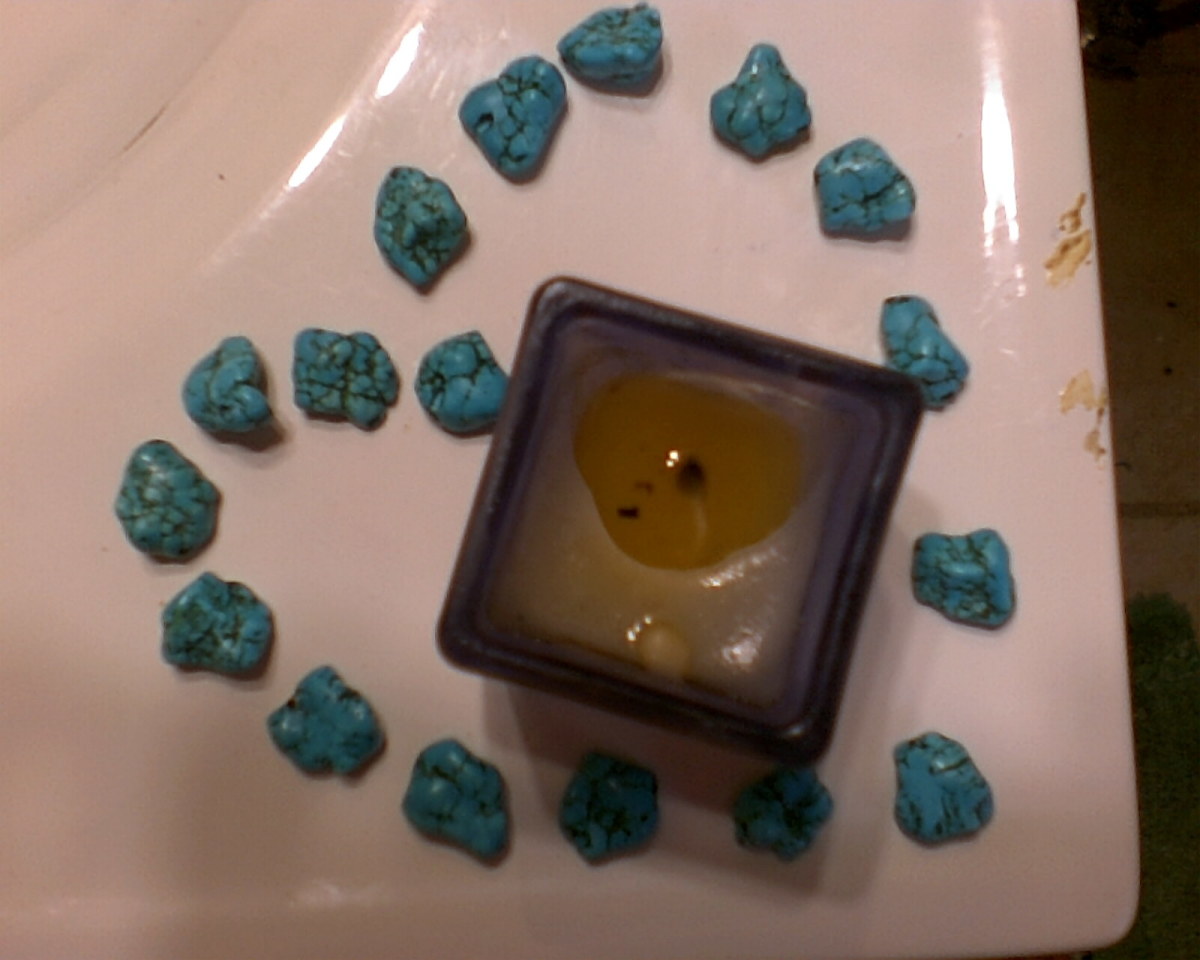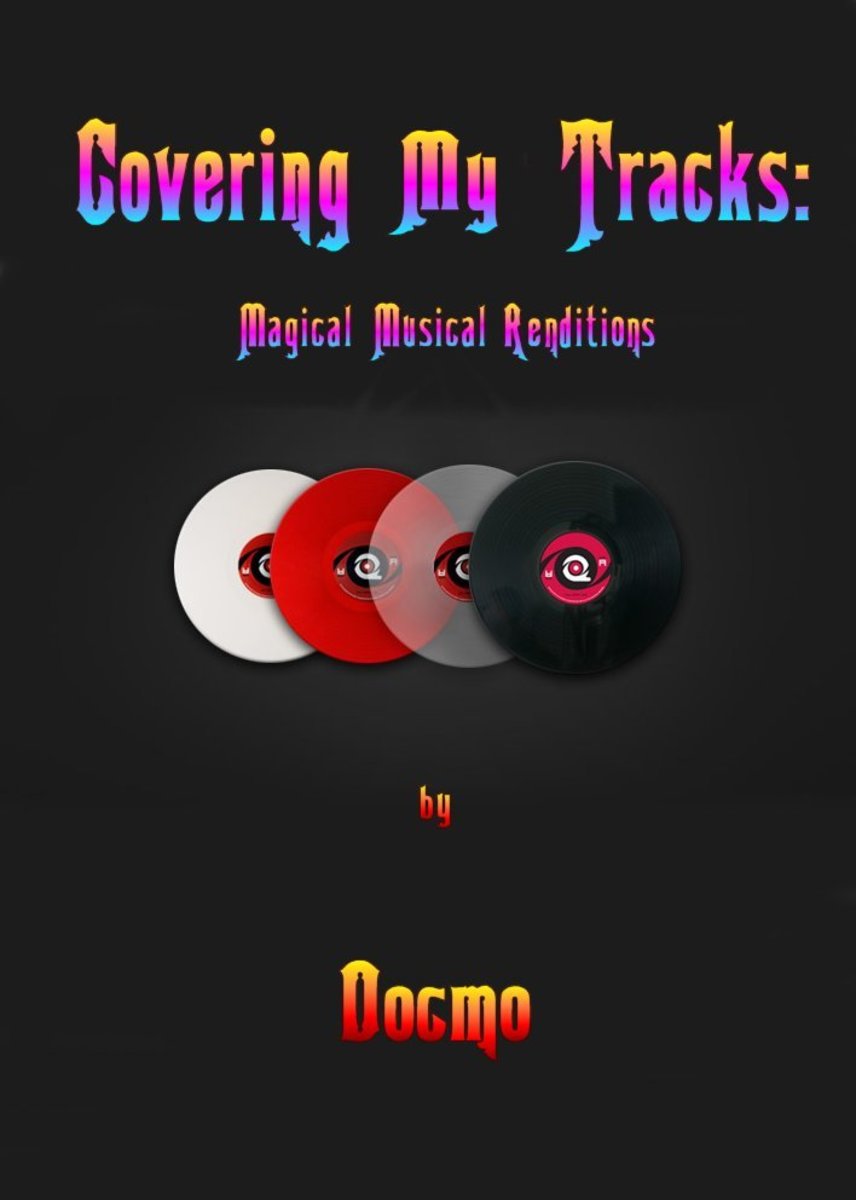Trombone History: Trombones in Water Processions
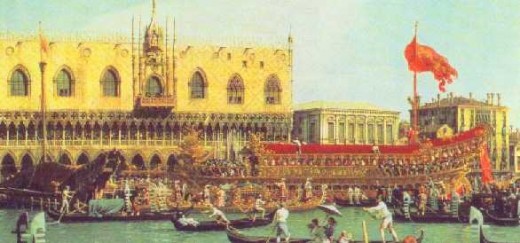
G. F. Handel’s Water Music of 1715, written for the royal procession of barges on the River Thames in England, is the most famous example of music in a water procession. Trombones were left out of that party; however, there are numerous examples of trombone performing in similar water processions throughout history. Below are a few highlights, many of them occurring on the River Thames, and all of them occurring prior to Handel’s famous procession. A note about terminology: The terms shagbushes, sagbuttes, and sackbuts, found in the quotations below, are all words used in England at that time to indicate trombones; in Italy the term was simply trombone (singular) or tromboni (plural). (See Trombone Names Throughout History for more information on nomenclature.)
1533—England: At Anne Boleyn’s coronation celebration, an elaborate water procession on the River Thames includes the Mayor’s barge. According to records of the time, the barge carries “Shalmes, Shagbushes & divers other instruments, whiche continually made goodly armony” (Stevens 240; Whitwell 24).
1536—England: According to records, at a water procession on the Thames, “the Kinge passed throwe London Bridge, with his trumpets blowinge before him, and shalmes and sagbuttes, and dromslawed [drummers] playing also in barges going before him” (Herbert 96).

1582—Ferrara, Italy: A chronicler describes an occasion in which the Duke and Duchess of Ferrara travel with approximately 100 of their entourage on a ceremonial barge to meet the Prince and Princess of Mantua, who are likewise traveling on a barge in the Po River: “Upon encountering the visitors, one fired an artillery salute from accompanying boats. Then the trumpets of the Duke on the bucintoro played a fanfare. When this was finished, there was music with trombones and cornetts until one arrived [at Ferrara].” According to historian Andrew Newcomb, “The implication is that, as the visitors’ boat drew closer, one progressed from less to more subtle noise—first an artillery salute, then a trumpet fanfare, then music, presumably polyphony, for cornetts and trombones” (Newcomb).
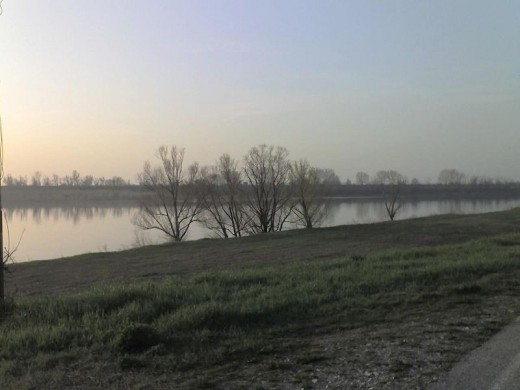
1677—England: Trombones participate in a procession on the River Thames for Lord Mayor’s Day, performing in consort with hautboys on a barge for the Goldsmiths’ Company. Court records show an agreement “for John Greenslade a Musitioner…with five others to attend this Company on the next Lord Maiors day with Hoboyes & Sackbutts” (Wood).
1678—England: Records show trombones participating in another water procession on the River Thames similar to the one in 1677 (see above) (Wood).
1679—England: Records show trombones participating in another water procession on the River Thames similar to those in 1677 and 1678 (see above) (Wood).
1681—Genoa, Italy: Alessandro Stradella composes Inventione per un barcheggio for the wedding celebrations of Signori Carlo Spinola and Paula Brignole, members of two noble families. In the work, trombone is specified as part of the continuo. Precise instructions include the following: “All the basses with one trombone, but the trombone must play very staccato and with little breath.” The performance, as described by a chronicler of the time, takes place on the water: “Towards the evening on Thursday the ladies and gentlemen of this city had a sumptuous diversion on the bay, having been taken round the harbour by four galleys, besides a very great number of smaller boats, and then conducted aboard an apparatus [made] of barges, [which] formed a hall covered by light-weight silk and richly adorned. Here they were entertained with an interweaving of harmonious voices, poetry and instrumental music accompanied by the most exquisite food and refreshments of all sorts…” (Gianturco).
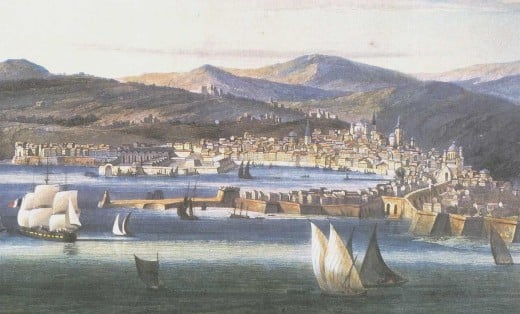
Sources:
Gianturco, Carolyn. “Music for a Genoese Wedding of 1681,” Music & Letters, Vol. 63, No. 1/2 (Jan-Apr, 1982), 31-43.
Herbert, Trevor. The Trombone. New Haven, CT: Yale University Press, 2006.
Newcomb, Anthony. The Madrigal at Ferrara 1579-1597. Princeton, New Jersey: Princeton University Press, 1980.
Stevens, John. Music & Poetry in the Early Tudor Court. Lincoln, NE: University of Nebraska Press, 1961.
Whitwell, David. The Renaissance Wind Band and Wind Ensemble (The History and Literature of the Wind Band and Wind Ensemble, Vol. 2). Northridge, CA: Winds, 1983.
Wood, Julia K. “‘A Flowing Harmony’: Music on the Thames in Restoration London,” Early Music, Vol. 23, No. 4, Music in Purcell’s London I (Nov. 1995), 553-558, 561-568, 570-576, 579-581.
More Trombone History Hubs:
- Christmas Bells Are Ringing: The Trombone and Christmas throughout History
It's early September as I write this, but one of my children recently put up her Christmas list on the fridge. It's never too early, I suppose! Which got me thinking... As I mentioned in another article,... - God Save the King! The Trombone in Coronations throughout History
The trombone has long been associated with special occasions, including water processions, parades of various types, weddings, various religious celebrations, and coronations. Historically, trombones were for... - Trombone History: The Trombone in Parades, 15th and 16th Centuries
76 trombones led the big parade! When Meredith Willson penned those lyrics in 1957 for the Broadway musical The Music Man, the author was unwittingly reflecting not just a recent local tradition, but nearly... - Trombone History: The Trombone in Parades, 17th-19th Centuries
This is the second of a two-part series on the history of the trombone in processions. For the first hub, see here. The trend in the three centuries represented below is a general movement from royal and... - Trombone Names Throughout History
The trombone, an instrument that originated in the 15th century, has a long history of colorful names. What other single instrument can boast nomenclature as interesting and varied as sagbot, shagbolt,... - Females in Trombone History, 1500-1900
The idea that females did not become serious trombone players until the 20th century is a misconception. While many of the visual images shown below are symbolic (e.g., depictions of muses and angels), there... - Trombone History in Latin America, 1500-1750
Latin America normally gets only a few pages, at the most, in the standard histories of the trombone. It probably deserves more. Records document a significant amount of trombone activity in colonial Latin... - How to Hold a Sackbut: The Grip of the Early Trombone in Pictures
Occasionally there is discussion about how the sackbut, or early trombone, should be held. Among other differences, in contrast to the modern trombone, the stays on these early trombones are flat, so the... - Super Slides: Trombones with Extension Handles
Before bass trombones had valves to access extra tubing for lower notes, players were forced to use extra-long slides if they wanted to extend the lower register. These slides were long enough that extension... - Sound Qualities of the Early Trombone: 20 Primary Sources
A few years ago I applied for funding to purchase a set of sackbuts, or early trombones, for my university. I decided at the time to do some research, in the form of both recordings and primary sources, into... - Angel Trombonists Throughout History: 40 Images
"What do the angels, those heavenly and most perfect musicanti, play other than these? For if we encounter something about music in the Scriptures, we hear either of a trumpet or a trombone (Kuhnau, 28). ... - Trombone History: Cherubs Playing the Trombone
In visual art, a cherub, or more strictly speaking, a putto, is an infant or toddler, almost always male and with wings, found especially in Baroque art. So what are they doing playing trombone? The main... - Trombone History: A Mischievous Trombonist in Renaissance Italy
Siena, Italy, ca. 1572, from Civitates Orbis Terrarum Sixteenth-century, Siena, Italy, boasted a first-rate musical establishment in both its Palace wind band and its cathedral musical establishment,...
